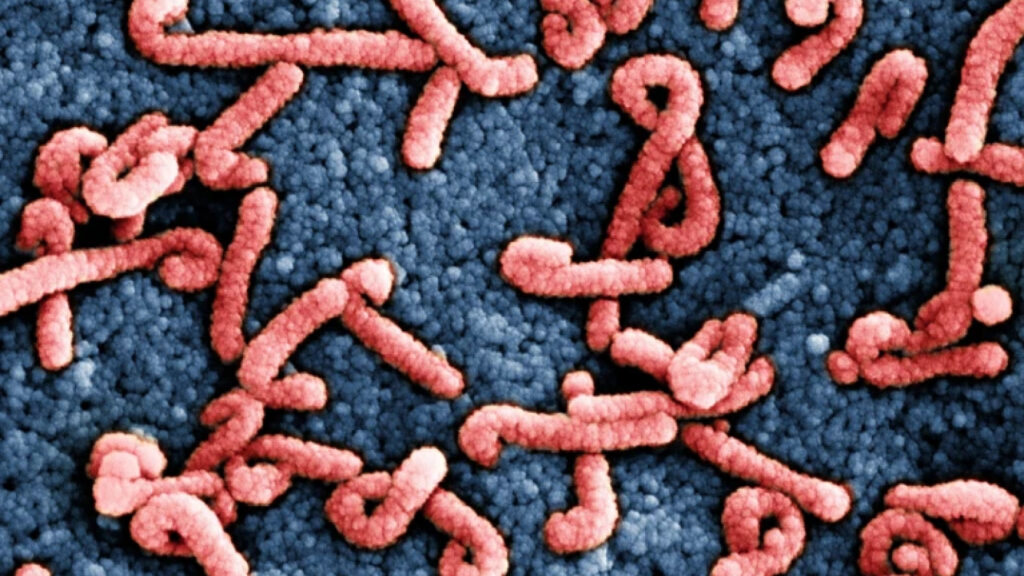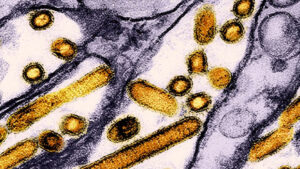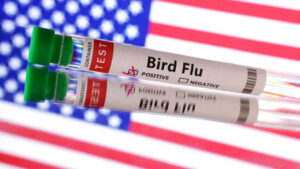Health
The deadly Marburg outbreak was triggered by a viral transmission from animals to humans
PUBLISHED OCT 24 2024, 2:00 PM ET

A single transmission of the Marburg virus from an animal to a human has initiated the third-largest outbreak of this deadly virus in history, according to preliminary genomic data. The outbreak, which began last month in Rwanda, has infected 63 individuals, resulting in 15 fatalities. Evidence suggests that the first person infected likely contracted the virus during a visit to a bat-infested cave.
If multiple transmissions from animals to humans had occurred, it would have raised concerns about a broader spread of the virus in Rwanda, along with the possibility of new outbreaks stemming from an unidentified source.
Researchers commend Rwanda’s proactive measures to control the outbreak, trace contacts, and share information with the scientific community. Angela Rasmussen, a virologist at the University of Saskatchewan, noted that once the situation was identified, the country swiftly initiated contact tracing, conducted comprehensive epidemiological investigations, identified the first patient, and launched an experimental vaccine trial within a week. She emphasized that a rapid and urgent response can significantly mitigate the outbreak’s impact.
The preliminary findings, which have not yet been published or peer-reviewed, were shared on social media and discussed at a media briefing on October 20.
Rapid Containment
Declared on September 27, this outbreak marks Rwanda’s first encounter with Marburg. Tanzania and Equatorial Guinea reported their first outbreaks last year, while Ghana’s first occurred in 2022. Marburg outbreaks, which can cause severe symptoms such as high fever, diarrhea, and, in severe cases, bleeding, now arise roughly once a year, a significant increase compared to previous decades when they occurred infrequently.
Since the outbreak began, reports of new cases have significantly declined. Rwandan health officials have recorded only one new case and no deaths in the past ten days, with only two individuals remaining in isolation for treatment. An outbreak can be officially declared over after 42 consecutive days without new cases.
Currently, there is no proven vaccine or treatment for Marburg, which is closely related to the Ebola virus and spreads primarily through contact with bodily fluids. Health officials are administering a candidate vaccine developed by the Sabin Vaccine Institute to those who have been in contact with infected individuals, with over 1,200 doses already given.
Notably, this outbreak has one of the lowest fatality rates on record, approximately 24%, in contrast to previous outbreaks that reached fatality rates as high as 90%. This improvement is likely due to prompt diagnoses, access to medical care, and the fact that most infected individuals are younger healthcare workers. Two patients requiring life support were successfully intubated and later extubated, a first for Marburg cases in Africa, according to WHO Director-General Tedros Adhanom Ghebreyesus. He noted that such patients would not have survived in prior outbreaks.
Single Source
To aid in outbreak control, researchers from the Rwanda Biomedical Centre sequenced the genomes of the Marburg virus from several infected individuals. The results indicated that the samples were closely related, suggesting rapid spread and a common origin. Additionally, the virus strain is similar to one detected in Uganda in 2014 and another found in bats in 2009, as reported by Yvan Butera, Rwanda’s minister of state for health and co-leader of the research.
Butera explained that comparisons between the 2014 strain and the current outbreak strain show a “limited mutation rate,” indicating that there have likely been few changes to the virus’s transmissibility or lethality over the last decade. Typically, viruses accumulate mutations over time as they replicate; a low mutation rate could mean the current strain is stable.
Health
Advertise With Us
BVD Newsletters
Sign up for free newsletters and get more BVD delivered to your inbox
Get this delivered to your inbox, and more info about our products and services.
© 2024 BVD LLC. All Rights Reserved.
Data is a real-time snapshot *Data is delayed at least 15 minutes. Global Business and Financial News, Stock Quotes, and Market Data and Analysis.
Market Data Terms of Use and Disclaimers
Data also provided by REFINITY








